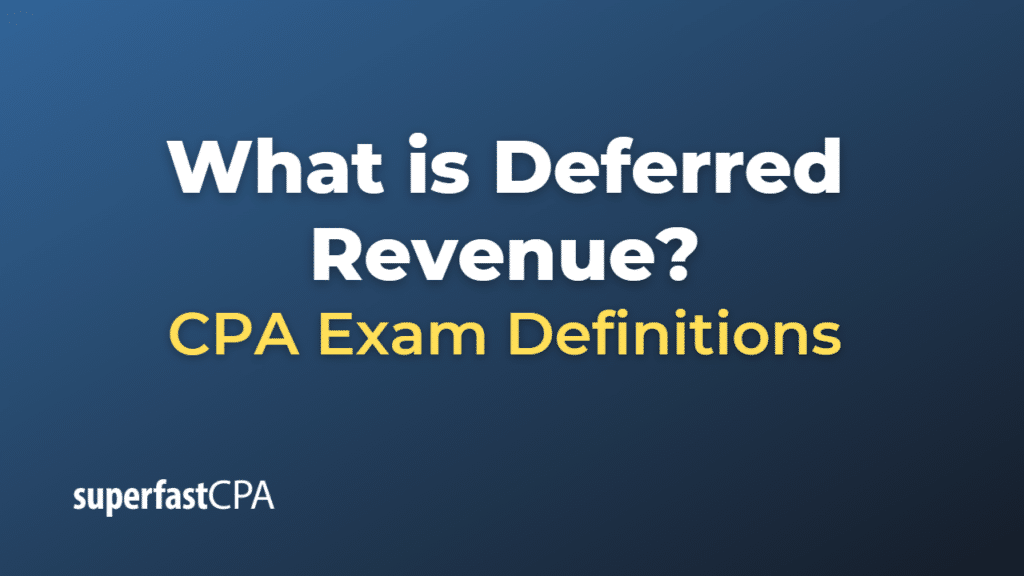Deferred Revenue
Deferred revenue, also known as unearned revenue, is money received by a company for goods or services that it has not yet provided. It’s a liability on a company’s balance sheet because it represents an obligation to deliver goods or perform services in the future.
For example, let’s say a software company sells a one-year subscription to its software for $1,200, and the customer pays the full amount upfront. When the company receives the payment, it hasn’t yet provided the full year of service to the customer, so it can’t recognize the entire $1,200 as revenue. Instead, it records the $1,200 as deferred revenue, a liability.
Then, as the company provides the software service over the course of the year, it gradually recognizes the deferred revenue as earned revenue. If the company recognizes revenue monthly, it would recognize $100 ($1,200 / 12 months) of revenue each month and correspondingly decrease the deferred revenue by the same amount.
By the end of the year, all of the deferred revenue would be recognized as earned revenue, and the deferred revenue balance would be $0.
This method of accounting ensures that revenue recognition aligns with the delivery of goods or services, which is a key principle in accrual accounting and is in line with the revenue recognition criteria set out in accounting standards like IFRS 15 and ASC 606.
Example of Deferred Revenue
Let’s consider a gym membership as an example of deferred revenue.
Imagine a gym sells a one-year membership for $1,200, and a customer pays the full amount up front on January 1st. Even though the gym has received the $1,200 payment, it can’t recognize all that money as revenue yet because it hasn’t provided the full year of service.
Here’s how the gym would handle this transaction:
January 1st: The gym receives the $1,200 payment. It increases its cash account by $1,200 and also records a liability of $1,200 in a deferred revenue account. At this point, the gym has not recognized any of the $1,200 as revenue.
End of Each Month: The gym has now provided one month of service. So it can recognize one month’s worth of the membership fee as revenue. Since the membership is $1,200 for 12 months, each month’s worth is $100 ($1,200 / 12 months). So the gym decreases its deferred revenue account by $100 and increases its revenue by $100.
This process continues each month. By the end of December, the gym has provided all 12 months of service, so it has recognized all $1,200 as revenue, and the balance in the deferred revenue account is now $0.
This way, the gym’s financial statements accurately reflect when it earned revenue (as it provided services), not just when it received cash. This is an important principle in accrality accounting and is required by most accounting standards, such as U.S. GAAP and IFRS.













